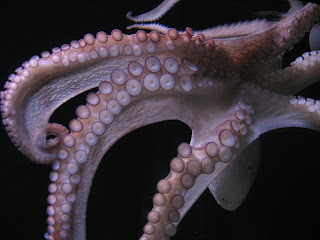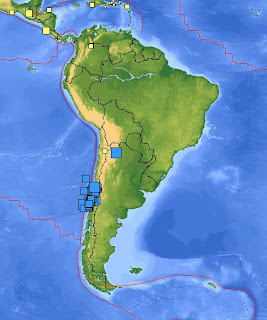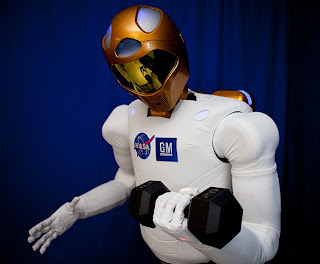We've moved! Visit us at
www.scienceinseconds.comMother Nature has thought of everything. Bacteria that can eat oil. Bees that make honey incredibly resistant to any type of infection. And the strongest fiber on the planet - spider's silk.

Spider's silk is five times stronger than steel, lighter than nylon and stretchier than elastic. It's also recyclable, durable and free. All of these
properties make it one of the most sought-after biomaterials in the world. So far, all attempts to make it in a chemistry lab have failed miserably while spiders across the globe happily weave their webs.
The quest for spider's silk for human use sounds pretty straightforward - get a whole bunch of spiders and collect their webs everyday. Sounds great, until you try to actually keep spiders at any reasonable density....they have a frequent tendency to eat eachothers heads off. Making spider-keeping kind of unsustainable.
Spiders - 1 : Humans - 0
Another option - get 70 people to climb a bunch of telephone poles in Malaysia for four years, collect golden orb spiders and 'milk' them of their silk. Obviously sound economic practice. All to get 2.6 pounds of silk that was used to make a
textile now on display at the American Natural History Museum. There has to be a better way.
How about clone the gene for silk and make
transgenic goats secrete spider silk into their milk?
Clearly the next step.
That has also been done, with limited success. The main problem is the unbelievable complexity of the glands that spiders use to make silk. They secrete silk from combinations of 6 different glands as a liquid form, then use another set of organs to apply pressure to rearrange the proteins into a long, continuous fiber.
The uses of man-made spider silk are staggering, if we can ever find a way to harvest it - surgical thread, synthetic bones, millimeter-thick parachutes - anything with nylon, kevlar or steel can be made smaller and stronger.
Nature has evolved something humans have never even dreamed of. At some point, we will start to look at the world around us for natural solutions to our dilemmas.
--Torah Kachur






















 ,
,







